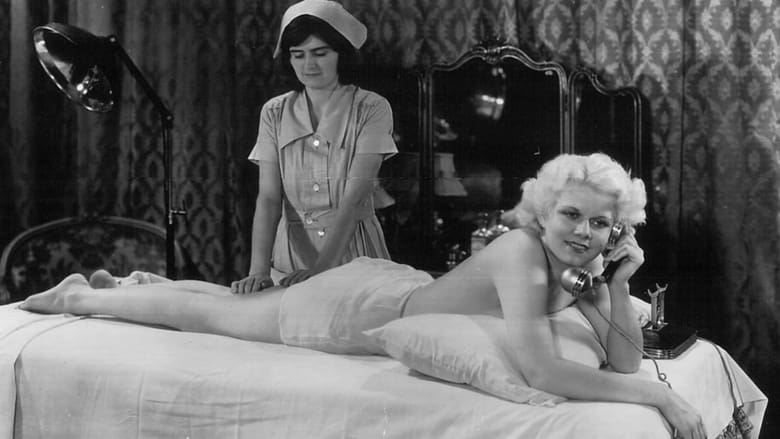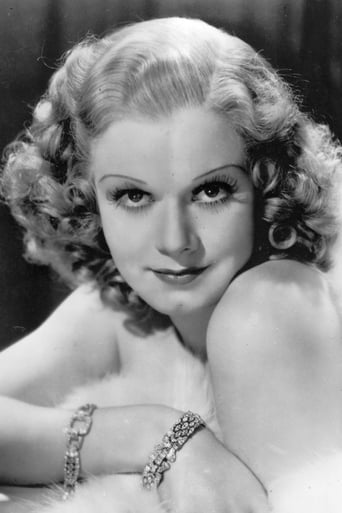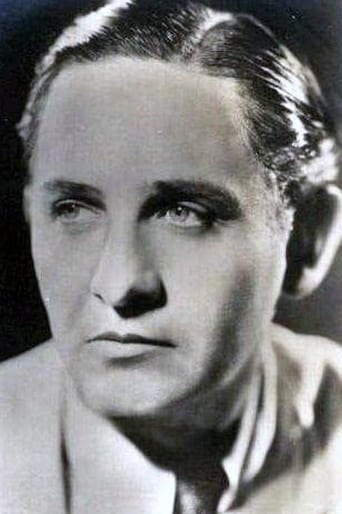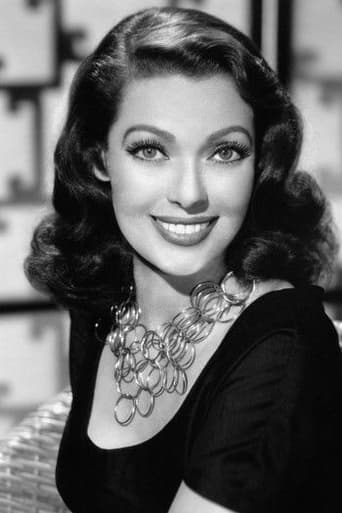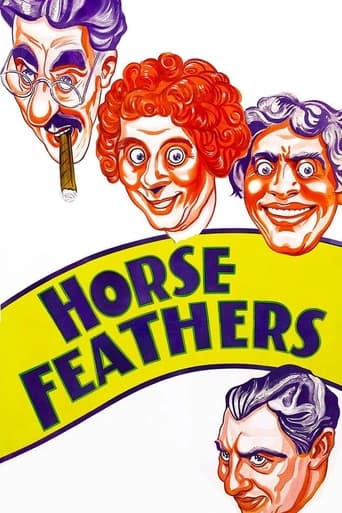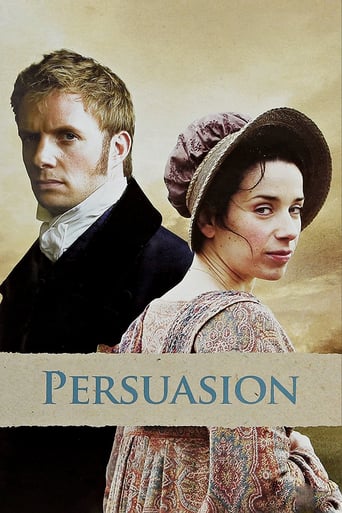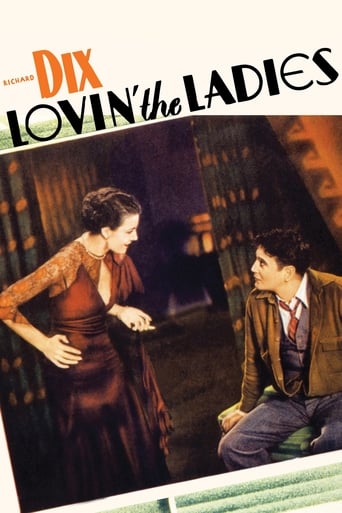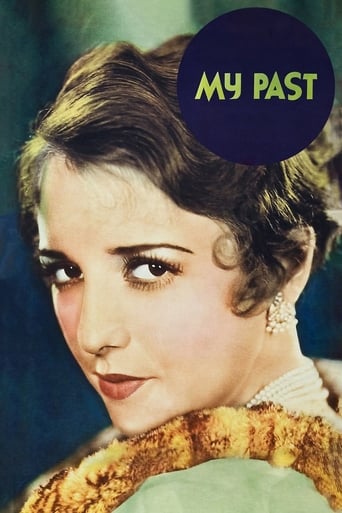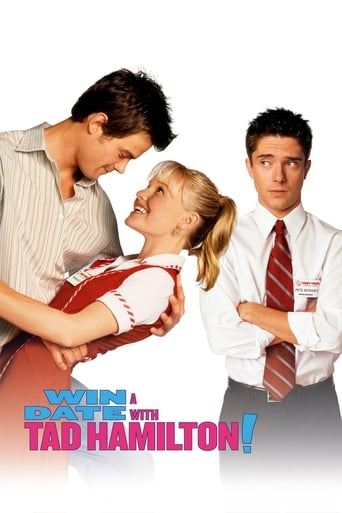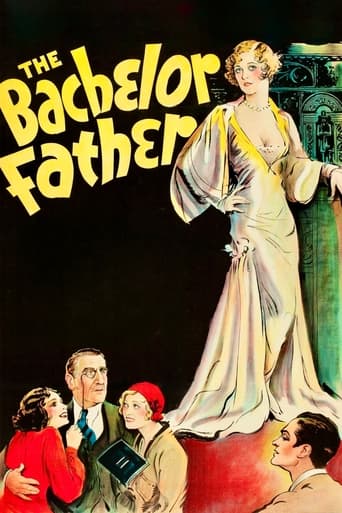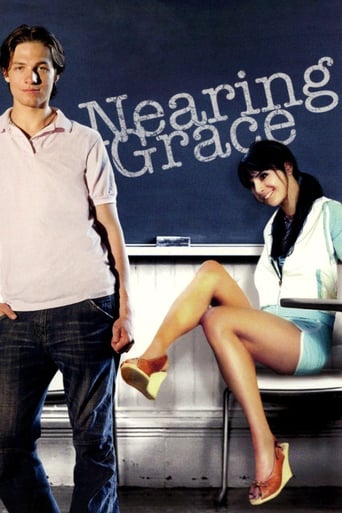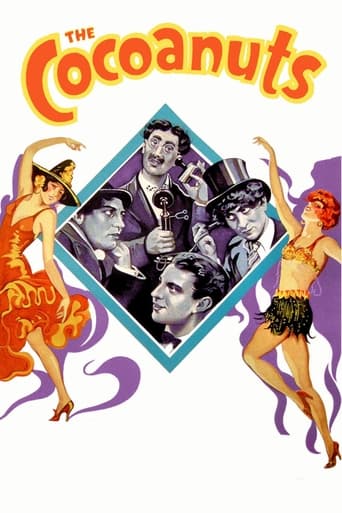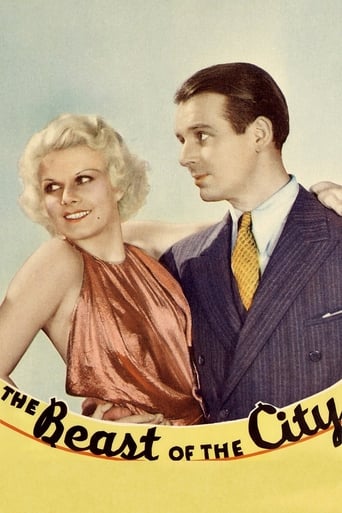Platinum Blonde (1931)
Anne Schuyler is an upper-crust socialite who bullies her reporter husband into conforming to her highfalutin ways. The husband chafes at the confinement of high society, though, and yearns for a creative outlet. He decides to write a play and collaborates with a fellow reporter.
Watch Trailer
Free Trial Channels
Cast


Similar titles
Reviews
One of my all time favorites.
Am I Missing Something?
Although it has its amusing moments, in eneral the plot does not convince.
a film so unique, intoxicating and bizarre that it not only demands another viewing, but is also forgivable as a satirical comedy where the jokes eventually take the back seat.
You can only imagine how the beautiful Loretta Young felt being upstaged by bombshell Jean Harlow. This screwball comedy is directed by Frank Capra, who knows how to get the best effort out of an actor. A hapless, but energetic newspaper reporter Stew Smith(Robert Williams)gets the assignment to get the real story of a high society scandal. Doing so he rapidly falls in love with a rich platinum blonde Ann Schuyler(Harlow). This doesn't fare well with Stew's fellow reporter Gallagher(Young), who is helping him write a play. Not realizing that Gallagher is smitten with him, Stew marries the blonde heiress only to find the relationship falling apart due to mismatched lifestyles. Quick paced comedy with a strong supporting cast of: Reginald Owen, Halliwell Hobbes, Walter Catlett and Louise Closser Hale.
This is a Capra film that falls rather uneasily between two stools. There was the Capra of silent films and the era of slapstick, visual humor. Harry Langdon comes to mind. And then there is Capra in full form with his (self-described) "Capracorn" that we know so well from "Mr. Smith" and "Wonderful Life" to name only a few of his successes. Time didn't treat him quite so well later in life and the formulas that once served so well seemed to fizzle. "Platinum Blonde" has several germs found in later films but as yet undeveloped. Loretta Young's character had tremendous potential and Jean Harlow's character was not quite ready to fly yet with the later screwball comedies. Stew was the Star and that about summons things up. It's a curious film that would undoubtedly appeal to people specifically interested in Capra's development but I wasn't overwhelmed or even very much impressed.Curtis Stotlar
The early 30s were a trying time for actors. There were silent stars who disappeared into obscurity, stage veterans ill at ease with the medium, and genuine talents slumming it in bit parts and B-movies who would wait years for superstardom. Amongst all this was the tragically meteoric career of one Robert Williams, who dropped dead of appendicitis days after the opening of his sensational first leading role in Platinum Blonde.The most popular stars of this period were warm, earthy types, most at home in gentle comedies - people like Will Rogers, Marie Dressler and Wallace Beery. But a breed of younger, sophisticated wise-crackers such as Clark Gable and Spencer Tracy were starting to emerge, and it with this new generation whom Williams could have belonged. He is quite astonishingly good here, bringing out his character with every gesture and movement he makes, continually using his hat and tie as expressive props. He delivers dialogue in a naturalistic comical style, one that makes you feel as if he is actually thinking the lines as he goes along.Platinum Blonde is among the first really mature pictures from Frank Capra, whose earliest directorial efforts had been egotistically showy. He now demonstrates the sensitivity to romantic situations with which he would make his name. In the scene where Williams first meets the Schuylers everything is filmed in mid-shot, and Jean Harlow - who has no dialogue for the most of the scene - has her back to the camera. However when Harlow does get up and speak, Capra gives significance to the moment by showing her in close-up, and in opposing angles with Williams. In their scene in the garden at the party he frames them softly behind the fountain, while the voice of the opera singer is heard offscreen - a manner of shooting love scenes that is something of a Capra trademark. Meanwhile he keeps the alternate romance with Loretta Young bubbling away by focusing on her reactions while Williams is shot in profile.Also worth noting is Capra's camera placement. Early cinema was presentational, like watching a show in a theatre. Then the point-of-view shot allowed us to "become" a character by seeing what they see. Capra however often picks a third way, placing his camera passively amongst the action in group scenes, not taking the place of an actual character, but nonetheless as if it were a person on the set. This is very obvious in the opening scene, when the camera is right among those desks and reporters, but also subtly in the aforementioned first meeting with the Schuylers. You have Harlow and two other Schuylers seated on chairs around the room. The camera is placed at waist height between Harlow and her brother, as if it occupied an imaginary fourth chair. This technique, which does not demand we become one with the characters, but still makes us feel like we are there with them, can be seen in almost all Capra features, and contributes greatly to the feeling of warmth and humanism with which he is most associated.An even bigger contributing factor to Capra's reputation is his long association with screenwriter Robert Riskin. Capra and Riskin had first worked together on The Miracle Woman. This was their second collaboration, and Riskin was at this point only writing the dialogue. However Riskin's dialogue is bigger than the admittedly trite storyline of Platinum Blonde, just as Robert Williams's performance is bigger than the character of Stew Smith. Riskin's crackling lines tread the border between realism and outrageous wit, as does Williams's performance, and the two of them are the X-Factor in what would otherwise be a rather routine romantic comedy. Williams's death would be a great loss, and we can only imagine what he would have gone on to achieve had he lived. Riskin on the other hand would rise to the top as writer of many of Frank Capra's greatest pictures.
Watching this as an exercise in historical cinema (1931) was worth it, and TCM had a wonderfully restored print with excellent contrast and sound.Half of the scenes were great: well acted, tight dialog, tightly edited. But nearly half were unbearable. Overly long dialog, stiffly delivered, characters just standing and talking, scene allowed to run on and on. All conversations were shot with stationary long-shots followed by a pan when the character exits. This is still in the technical transition from stage delivery. It was obviously an early attempt at the genre of screwball comedy.I was reminded of references to "early talkie" disasters made in later films (ex:Singin in the Rain). Too much talking, characters just dropped in a room together.Again, half of the film was well paced, well edited, and well acted. And it was wonderful to see the Jean Harlow and Loretta Young, Robert Williams, and the many character actors as the newsmen and the snobby rich.


